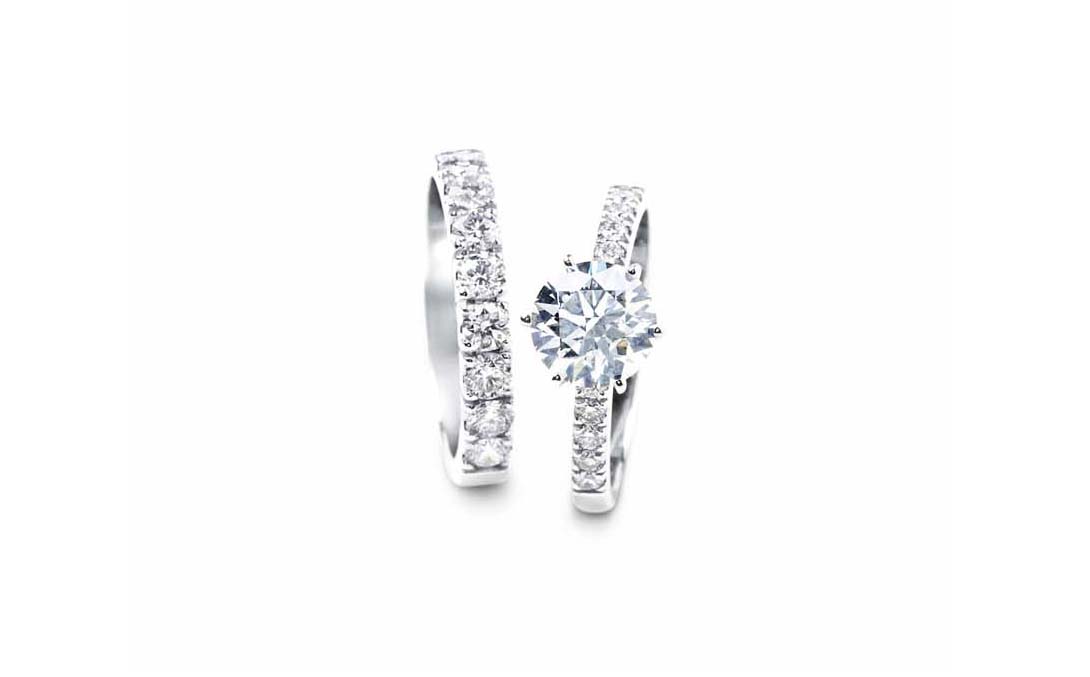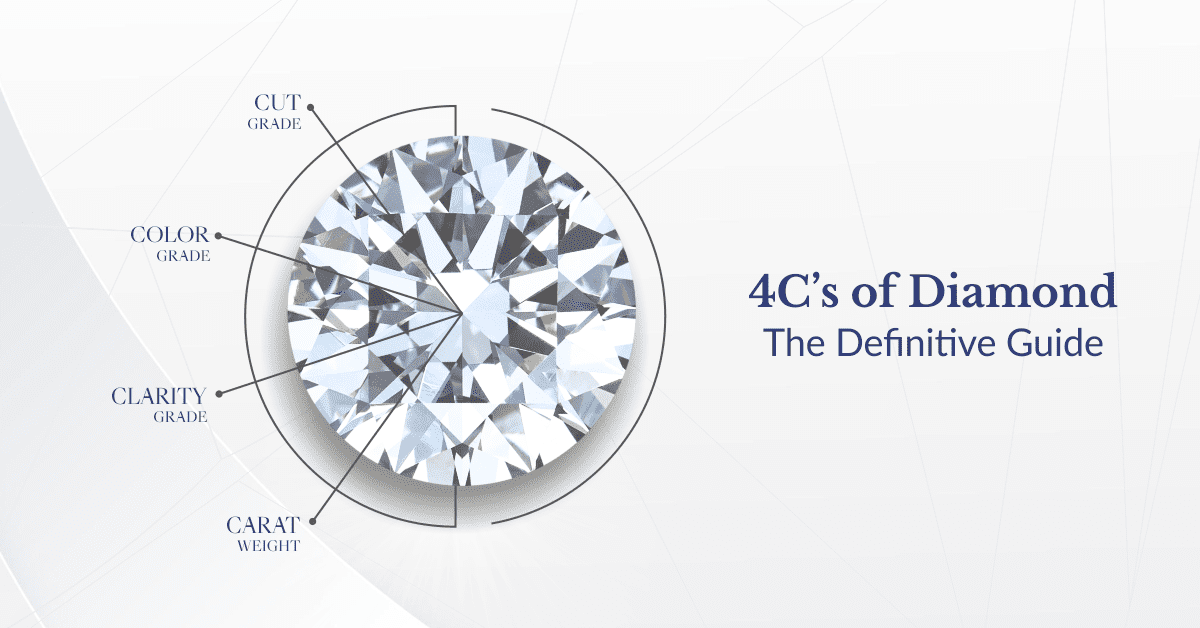How to Tell the Difference Between Lab-Grown Diamonds, Natural Diamonds, and Moissanite
Diamonds are known for their beauty, brilliance, and timeless appeal. However, with the rise of alternatives like lab-grown diamonds and moissanite, it can be challenging to distinguish between these options. While they all sparkle brilliantly and are used in fine jewelry, these gemstones differ in their origin, composition, and key features. In this blog, we’ll explore how to differentiate between natural diamonds, lab-grown diamonds, and moissanite to help you make an informed decision.
What Are Natural Diamonds, Lab-Grown Diamonds, and Moissanite?
Before diving into the differences, it’s important to understand what each of these gemstones is:
– Natural Diamonds are formed deep within the Earth over billions of years under extreme heat and pressure. They are mined from the Earth and valued for their rarity and natural beauty.
– Lab-Grown Diamonds, also called synthetic or man-made diamonds, are created in laboratories using advanced technology that replicates the natural diamond-growing process. They have the same physical, chemical, and optical properties as natural diamonds but are created in weeks or months.
– Moissanite or Cubic Zirconia (CZ) is a naturally occurring mineral, but most of the moissanite used in jewelry today is lab-created. While it closely resembles diamonds in appearance, moissanite has a different chemical structure and set of properties that make it distinct. It is basically a copy. Not carbon like diamond.
Visual Differences
While all three options—natural diamonds, lab-grown diamonds, and moissanite—can appear similar to the naked eye, there are subtle visual differences that set them apart.
1. Brilliance and Sparkle
– Natural Diamonds and Lab-Grown Diamonds: Both natural and lab-grown diamonds share identical optical properties. They display a high level of brilliance and fire (the dispersion of light into rainbow-like flashes). This sparkle is typically more refined and subdued compared to moissanite.
– Moissanite: Moissanite is often white but not sparkly. It lacks the liveliness that we would find in diamond. In other words, it lacks ‘Dimension’.
2. Color
– Natural Diamonds: Diamonds range in color from colorless (most valuable) to various shades of yellow or brown. Truly colorless natural diamonds are rare and can be quite expensive.
– Lab-Grown Diamonds: Like natural diamonds, lab-grown diamonds are graded on the same color scale and can be produced in both colorless and fancy colored varieties. They are typically more affordable in higher color grades than natural diamonds.
– Moissanite: Most moissanites are nearly colorless but may exhibit a slight grayish or yellowish hue under certain lighting. Additionally, moissanite can sometimes exhibit a “rainbow effect,” giving off colorful flashes of light.
3. Fire and Dispersion
– Natural and Lab-Grown Diamonds: Both diamonds exhibit strong brilliance and fire but are known for their relatively subtle and white light refraction.
– Moissanite: Moissanite is often white but not sparkly. It lacks the liveliness that we would find in diamond. In other words, it lacks ‘Dimension’.
Physical and Chemical Differences
While visual differences are often hard to spot, the physical and chemical properties of these stones make them unique.
1. Hardness
– Natural Diamonds and Lab-Grown Diamonds: Both score a perfect 10 on the Mohs scale of hardness, making them the hardest known material. This means both natural and lab-grown diamonds are exceptionally durable and resistant to scratching.
– Moissanite: Moissanite is also a very hard gemstone, with a score of 9.25 on the Mohs scale. While it’s slightly less hard than diamonds, it is still more durable than many other gemstones used in jewelry.
2. Chemical Composition
– Natural and Lab-Grown Diamonds: Diamonds are made of pure carbon atoms arranged in a crystal structure. Whether naturally occurring or created in a lab, they are chemically identical.
– Moissanite: Moissanite is made of silicon carbide, a completely different chemical compound than diamonds. This difference in composition gives moissanite its unique optical properties, such as its greater brilliance and colorful light refraction.
How to Identify the Differences
For the average consumer, it can be challenging to tell the difference between a natural diamond, lab-grown diamond, and moissanite. However, there are several methods that can help distinguish them.
1. Use a Diamond Tester
– Natural Diamonds and Lab-Grown Diamonds: Most diamond testers work by measuring a stone’s thermal conductivity. Both natural and lab-grown diamonds conduct heat in the same way, meaning they will both pass a traditional diamond tester.
– Moissanite: Moissanite has thermal conductivity properties similar to diamonds, meaning it can sometimes pass as a diamond using certain diamond testers. To accurately distinguish moissanite, a tester designed specifically for moissanite is recommended.
2. Examine Under Magnification
– Natural Diamonds: Under magnification, natural diamonds may show tiny imperfections or inclusions formed during their growth process in the Earth. These inclusions are often a sign that the diamond is natural.
– Lab-Grown Diamonds: Lab-grown diamonds may have different types of inclusions, such as metallic inclusions from the growth process. They may also exhibit different growth patterns when viewed under a microscope.
– Moissanite: When viewed under magnification, moissanite’s doubling effect is often visible. Because moissanite has a higher refractive index, it can cause light to “double” inside the stone, making facets and inclusions appear doubled.
3. Advanced Gemological Testing
– Gemological laboratories like the Gemological Institute of America (GIA) and International Gemological Institute (IGI) have advanced testing methods to identify natural diamonds, lab-grown diamonds, and moissanite. These tests can reveal growth patterns, trace elements, and other characteristics that are not visible to the naked eye.
Conclusion: Which One Is Right for You?
Whether you choose a natural diamond, lab-grown diamond, or moissanite depends on your personal preferences, budget, and values.
– Natural Diamonds are prized for their rarity and long-standing association with luxury and tradition.
– Lab-Grown Diamonds offer the same beauty and physical properties as natural diamonds at a more affordable price, along with a reduced environmental impact.
– Moissanite is white but not lively at all, affordable alternative that offers whiteness, making it an appealing option for those who want a white stone at very very very low price. (several hundreds-thousands baht)
Ultimately, all three options offer stunning brilliance and durability, but understanding the subtle differences will help you make the right choice for your needs.





